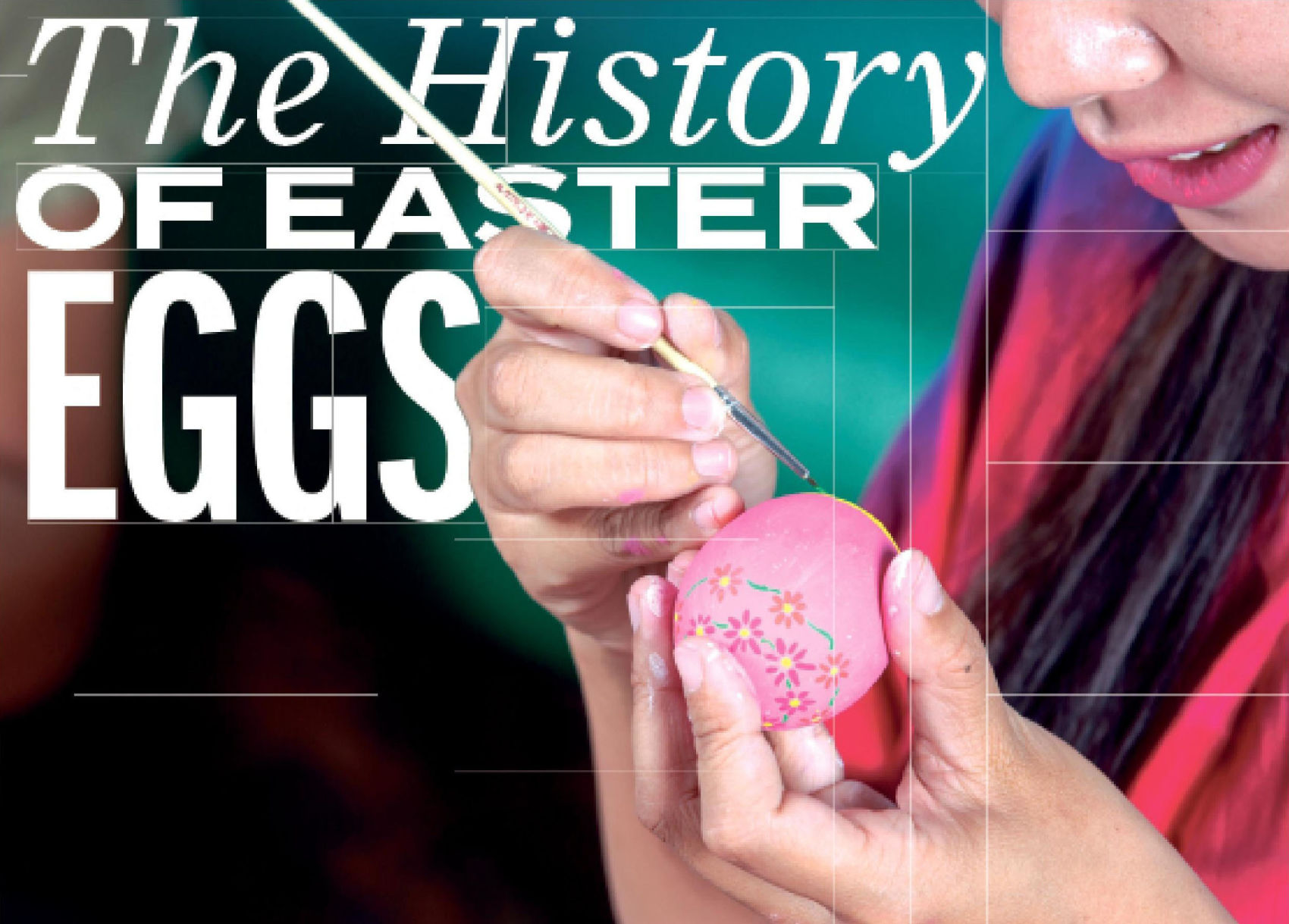
Stanley Robinson
April 18, 2019
Armond Triche Sr.
April 18, 2019WE are all familiar with the spring tradition of dying and hunting for Easter eggs, but do we really understand the meaning behind the tradition?
Easter is a Christian celebration of the resurrection of Jesus Christ. According to some studies, the tradition of dying eggs is part of the Christian tradition The Easter egg is symbolic of the resurrection of Christ. The outer shell represents the sealed Tomb, while cracking the egg open represents the resurrection. Eggs would be dyed red to represent the blood of Christ.
Other studies reveal that the tradition of decorating eggs predates Christianity, instead associating the tradition with spring and the life that begins anew this time of year. The egg is a pagan symbol of new life and is associated with festivals celebrating spring. A look inside the hard-boiled egg itself reveals the bright yellow center, or the sun, and the white of the life around it.
When it comes to dying the eggs as we know it today, one of the oldest historical references is found in British history books during the reign of Edward I. Four hundred and fifty eggs were covered in gold leaves and given to the family.




